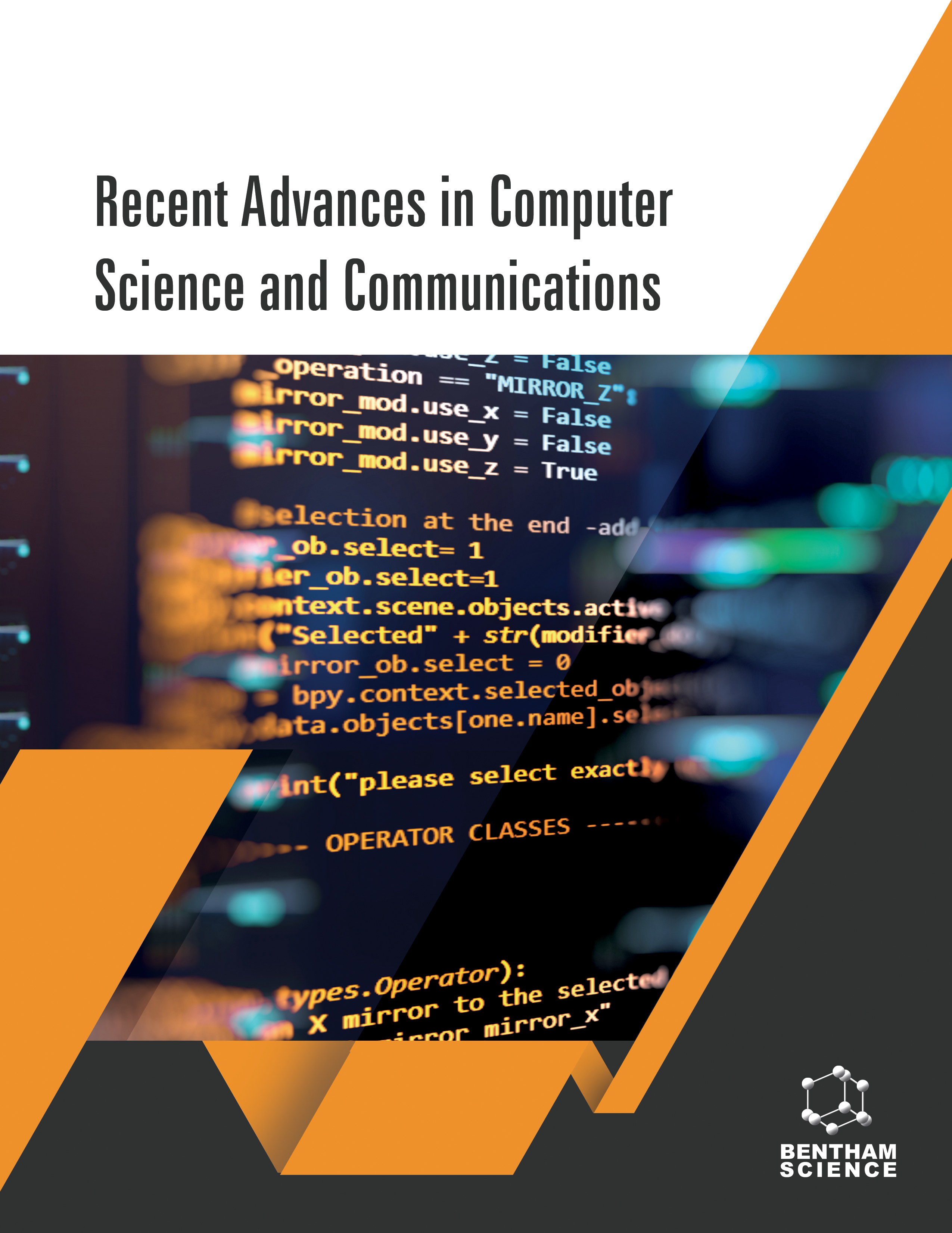
Full text loading...
We use cookies to track usage and preferences.I Understand

In the contemporary era, a vast array of applications employs encryption techniques to ensure the safeguarding and privacy of data. Quantum computers are expected to threaten conventional security methods and two existing approaches, namely Shor's and Grover's algorithms, are expediting the process of breaking both asymmetric and symmetric key classical algorithms. The objective of this article is to explore the possibilities of creating a new polynomial based encryption algorithm that can be both classically and quantum safe. Polynomial reconstruction problem is considered as a nondeterministic polynomial time hard problem (NP hard), and the degree of the polynomials provide the usage of scalable key lengths. The primary contribution of this study is the proposal of a novel encryption and decryption technique that employs polynomials and various polynomial interpolations, specifically designed for optimal performance in the context of a block cipher. This study also explores various root convergence techniques and provides algorithmic insights, working principles and the implementation of these techniques, which can potentially be utilized in the design of a proposed block-cipher symmetric cryptography algorithm. From the implementation, comparison and analysis of Durand Kernal, Laguerre and Aberth Ehrlich methods, it is evident that Laguerre method is performing better than other root finding approaches. The present study introduces a novel approach in the field of polynomial-based cryptography algorithms within the floating-point domain, thereby offering a promising solution for enhancing the security of future communication systems.

Article metrics loading...

Full text loading...
References


Data & Media loading...